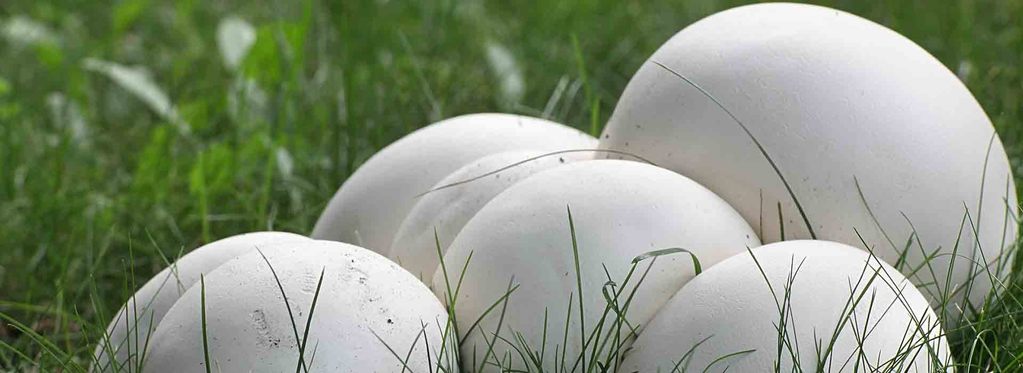Puffballs are an unusual type of fungi. They don’t have the typical mushroom cap and stem and look quite different from any other mushroom we are used to seeing. But did you know how many puffball mushrooms would exist on 100% germination success?
If all of the spores of a single giant puffball mushroom germinated successfully, followed by the same for its offspring, the resulting mass of fungi would be 800 times the volume of Earth.
Job for Puffballs
An ethnomycologist studies the historical uses and sociological impact of fungi. Though it is unlikely to be a top job posting on LinkedIn, it has revealed some interesting findings about the millennia-long use of fungi. All Native American tribes in North America are familiar with puffballs, though their uses vary.
Some didn’t want anything to do with them. Some people mixed the spores with spiderwebs and bark and applied them to wounds as a styptic, which is a substance that stops bleeding. Cherokee Indians used it to treat wounds and burns. Early settlers in the blacksmith trade picked up this trick as well. Many tribes collected them for food. Some people would wear dried ones around their necks to ward off ghosts and evil spirits.
The Blackfoot Native American Indian tribe once occupied much of the United States mid-western prairies. Puffballs frequently grow in rings there, some people today prefer any ring of mushrooms as a fairy circle. According to legend, these puffballs were stars that had fallen to Earth during a supernatural event. To start an intense fire, they would use dried puffballs as tinder. They would sometimes paint representations of puffballs on the exterior canvas to help ensure a hearty fire within a tipi. (Source: National Park Services)
Can Medicine Be Made Out of Puffball Mushrooms?
Science has since proven that using spores for medicinal purposes is safe, as they are antibacterial, antifungal, and antimicrobial. They are effective against Staphylococcus aureus, which is the causative agent of staph infections, Salmonella typhimurium, and E. coli., at least as well as modern antibiotics.
There have been reports of Native American children joyfully stomping on mature puffballs and imagining the resulting smoke to be an eruption from a miniature volcano. Some things never, ever change. That smoke is a cloud of spores innumerable. Giant puffballs can produce several trillion spores. Fortunately for the rest of the planet’s inhabitants, those spores have Goldilocks germination requirements. They fail to make another puffball if the conditions aren’t just correct, which is more than 99.99 percent of the time. Perhaps one of those trillions of spores will develop into a mushroom.
That’s a good thing because things would get awfully crowded around here if just one Giant puffball had 100% germination success, followed by 100% germination success for its offspring. The resulting fungi mass would be 800 times the volume of Earth.
Puffballs are like a loaded spring waiting for a trigger once the interior fleshy white mass, called gleba, has disintegrated into powdery spores, and the exterior has turned into a brittle yet flexible paper-thin skin. A single raindrop will jettison spores out at a breakneck velocity of about 100 cm/second, forming a centimeter-tall cloud containing a million or more spores just 100th of a second after impact. (Source: National Park Services)
Image from Grocycle
